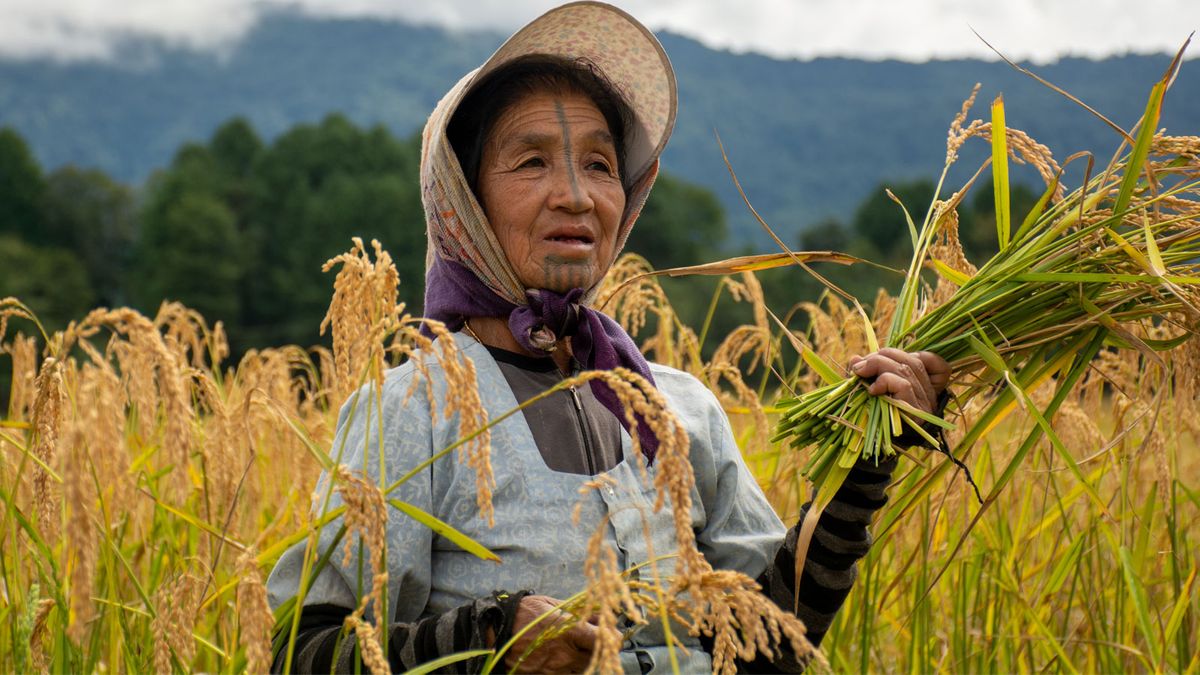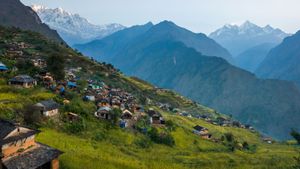Come the 29th of September and all roads lead to the lush green valley of Ziro in Arunachal Pradesh. After a gap of two years, the famed Ziro festival of music returns once again in all its glory. Arguably one of India’s most renowned music festivals, this one provides a platform for independent artists and is a melting point of diverse cultures, music and art. Having started in 2012, the festival has grown from strength to strength and attracts music lovers from all over the country. The four-day extravaganza is your destination to enjoy everything from rock to classical music and much more. It is also the perfect excuse to explore this unique place located in the Lower Subansiri district of the state. A proposed UNESCO world heritage site, Ziro makes for an insightful visit in more ways than one. Read on to find out more.
Paradise for nature lovers
Situated at an elevation of almost 5500 feet above sea level, Ziro Valley is a haven for nature and adventure buffs. One of the oldest towns in the state, it is located just over 100 km from the capital city of Itanagar. The entire landscape is dotted with numerous rivulets, pine and bamboo groves as well as hillocks making the region utterly picturesque. Close to Ziro at a distance of about 30 km is the Talley valley wildlife sanctuary which is home to a wide variety of flora and fauna. A fascinating plateau, this one is a favourite with trekkers and wildlife enthusiasts. The landscape is dense with silver fir, ferns, orchids, rhododendrons and bamboo being the dominating species. It is a wonderful place to soak in the natural beauty and enjoy the crisp fresh air all around. If you are lucky enough you can even spot some wildlife species like the collared owlet, Asian palm civet and the elusive clouded leopard. The Pleioblastussimone which is an exclusive variety of bamboo is also found in Talley valley.
Land of the Apatanis

While in Ziro, it is not uncommon to spot women in ethnic outfits with baskets strapped onto their backs, you cannot miss their insanely large nose plugs and their facial tattoos. Well, these are the women of the Apatani tribe and are native to Ziro. According to folklore, the womenfolk of this tribe were extremely attractive and hence it was common for the men of the other tribes to forcefully abduct them. In order to prevent this, the elders of the community, decided that the women will cover their faces with tattoos and also wear large nose plugs from a young age so that they appear ‘less appealing’ to perpetrators which would ensure their safety. A custom since the days of the yore, this has almost become the identity of Apatani women.
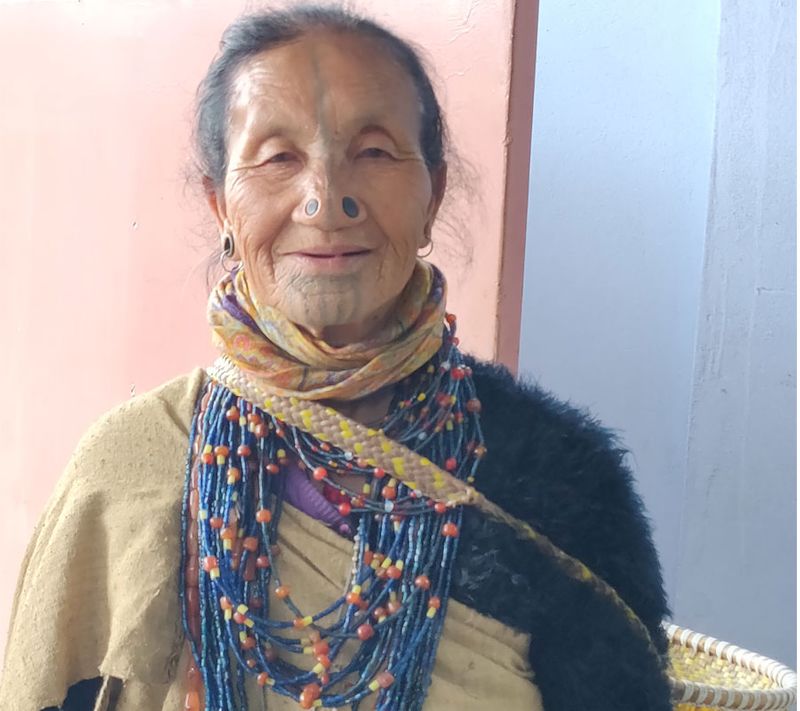
Just like all other tribes, the Apatanis also follow traditional practices of living which is intrinsically associated with nature and the land they live in. They practice Donyi-Polo which is essentially the worship of the sun and the moon and also follow ancient customs as prescribed by their priest or shaman. They consider the land they live on as extremely sacred and are known for their knowledge of utilizing their land to the fullest while preserving its sanctity. They celebrate the festivals of Dree and Myoko which are primarily harvest festivals, wear ethnic outfits, practice native crafts like basket weaving and perform traditional folk dances.
Unique rice cultivation method
Given that the Apatanis are known for their ingenuity and deep knowledge of ecologically sustainable practices, it is no surprise that their indigenous method of rice cultivation in the valley is truly unique. The tribe practices a method of wet rice cultivation wherein the fields have an intricate network of channels and canals. While paddy is sown, even fingerlings are introduced into the standing water. Common carp is the main species of fish that is reared. The organic fertilizer made from plant and animal waste, straw husk, rice bran etc serves to enhance the growth of the paddy as well as the fish. This method has proven to be a win-win for both the farmers as well as from an ecological perspective as it is economically beneficial while the resources of the land are used judiciously. The sight of the verdant rice fields punctuated with water filled canals is indeed one to behold.
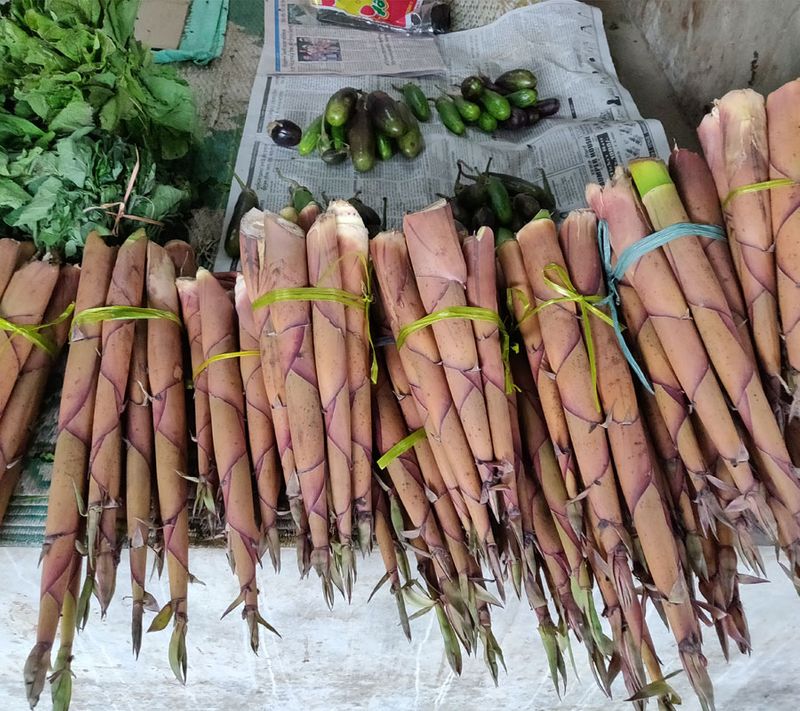
Insights into history, craft and culture
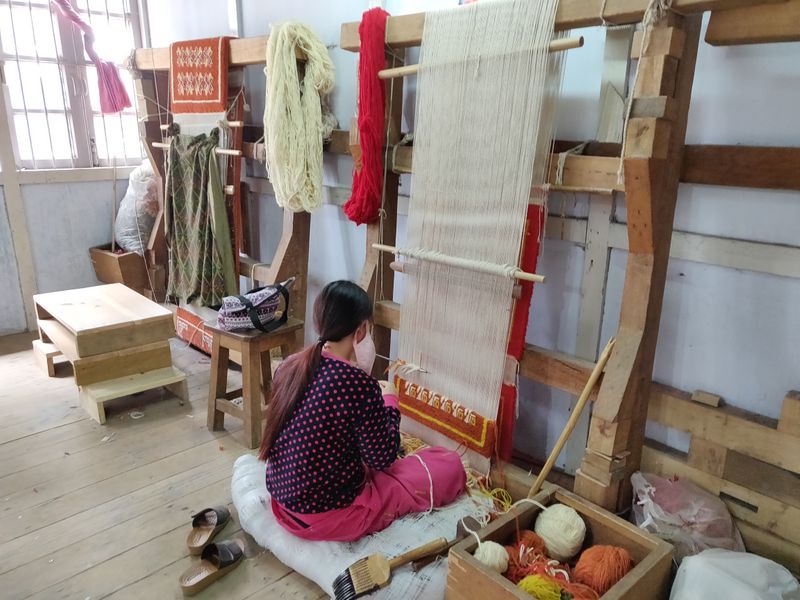
If you are someone who loves to delve deeper into the local history and culture of a place, the district museum in Ziro, is perfectly apt. The museum is a treasure trove of information about the various tribes and subtribes of the state along with a host of objects that were used during the earlier days. The latter includes jewellery, baskets, weapons, agricultural tools, kitchen utensils, dolls, hand fans and the like. The Emporium Crafts Centre in Ziro is yet another place that provides great insights into native handicrafts which include cane, bamboo and metal work, carpentry and handloom weaving. You can witness the locals working on the looms creating carpets, shawls etc. There is a small section where you can purchase these handicrafts which form for great gifting and souvenir ideas.
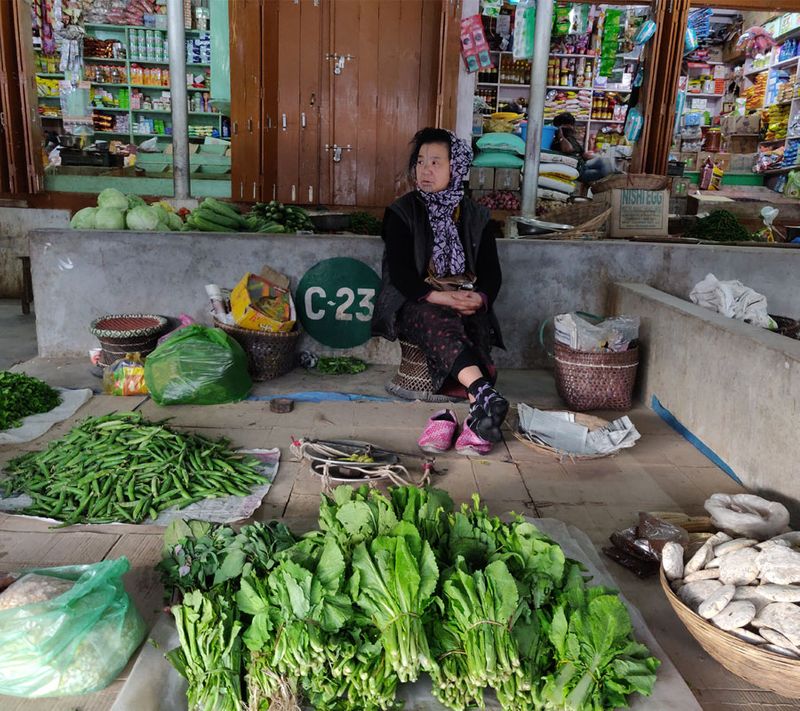
And before you bid adieu to this enchanting valley, do take sometime to check out the local fruit and vegetable markets and sample some local cuisine which include delicacies made from Byako (small eggplants), local greens and bamboo shoots.


